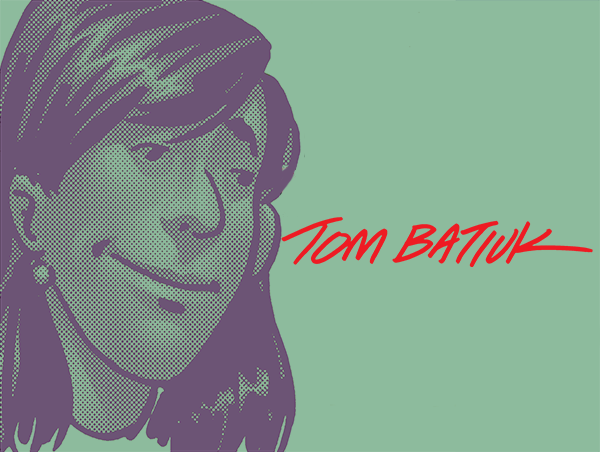×

Subscribe to Receive the Latest Updates
Subscribe to receive our monthly newsletter.
It all came about one frosty winter night not long ago (last night) as I was sitting by the fire reading a comic book. Now I realize at the outset that the thought of a grown man reading a comic book is going to seem wince-worthy to a lot of folks, but I have some pretty legitimate reasons for doing so. First, every colorist I’ve ever had on Funky (excluding my wife Cathy and myself) I have found from seeing their work in a comic book. Second, aside from Chuck Ayers and myself, only two other artists have had short stints doing penciling on Funky, and I first encountered their work in comic books. This is why I read comic books; because they are, in effect, my R&D Department (and because I want to see who is stronger, the Hulk or the Thing). It’s also why I write them off as businesses expenses. Hopefully, these assumptions are correct and I won’t be writing these intros from a jail cell one day. Although I do have some experience in spending all day in a room by myself. But I digress. Let’s back up. So, there I was reading and gleaning information (the Hulk is stronger) when I began to wonder why it is that the comic book’s cousin, the newspaper strip, didn’t have the same freedom that comic books had to play with all of the toys available to an artist. Things like social relevance, personal introspection, and, last but far from least, story and drama. Why did comic strips suffer what I called the “blue skies effect”? Why were comic strips relegated to being the equivalent of comfort food? In fact, why were they called the “comics” in the first place? So that’s when I visited Grandpa Google and found the Cartooning Commandments. It was all there.
From The Complete Funky Winkerbean Volume 9